Agricultural Expansion
The expansion of agricultural activities near water bodies is likely to contribute significantly to the Aquatic Herbicides Market. As agriculture intensifies, the encroachment of crops into aquatic ecosystems can lead to the proliferation of unwanted aquatic vegetation. Farmers and agricultural businesses are increasingly turning to aquatic herbicides to control these invasive species, ensuring that irrigation systems remain efficient and productive. The market data indicates that the agricultural sector accounts for a substantial portion of herbicide usage, with aquatic herbicides being a critical component in maintaining crop yields. This trend underscores the necessity for effective herbicide solutions that can mitigate the impact of invasive plants on agricultural productivity.
Rising Water Quality Concerns
The increasing awareness regarding water quality and its impact on ecosystems appears to be a primary driver for the Aquatic Herbicides Market. As populations grow and urbanization expands, the demand for clean water sources intensifies. Aquatic herbicides are utilized to manage invasive aquatic plants that can degrade water quality, thereby supporting aquatic life and recreational activities. Reports indicate that the market for aquatic herbicides is projected to grow at a compound annual growth rate of approximately 5.2% over the next few years, driven by the need for effective water management solutions. This trend suggests that stakeholders are increasingly recognizing the importance of maintaining healthy aquatic environments, which in turn fuels the demand for herbicides designed for aquatic applications.
Increased Recreational Activities
The rise in recreational activities such as fishing, boating, and swimming is contributing to the growth of the Aquatic Herbicides Market. As more individuals engage in these activities, the demand for clean and navigable water bodies becomes paramount. Aquatic herbicides play a crucial role in managing unwanted vegetation that can hinder recreational use. Market analysis suggests that regions with high recreational engagement are witnessing a surge in the application of aquatic herbicides to maintain the aesthetic and functional quality of water bodies. This trend indicates a growing recognition of the importance of maintaining healthy aquatic environments for leisure purposes, thereby driving the demand for effective herbicide solutions.
Regulatory Support for Aquatic Management
Regulatory frameworks aimed at managing aquatic ecosystems are playing a pivotal role in shaping the Aquatic Herbicides Market. Governments and environmental agencies are increasingly implementing policies that promote the use of herbicides for controlling invasive species and maintaining water quality. These regulations often provide guidelines for the safe application of aquatic herbicides, ensuring that they are used responsibly and effectively. Market data suggests that regions with supportive regulatory environments are experiencing higher adoption rates of aquatic herbicides, as stakeholders seek to comply with environmental standards while managing aquatic vegetation. This regulatory support is likely to continue driving market growth as the importance of sustainable aquatic management becomes more widely recognized.
Technological Innovations in Herbicide Formulations
Technological advancements in herbicide formulations are likely to enhance the effectiveness and safety of products within the Aquatic Herbicides Market. Innovations such as the development of targeted delivery systems and environmentally friendly formulations are becoming increasingly prevalent. These advancements not only improve the efficacy of aquatic herbicides but also address environmental concerns associated with chemical usage. The market is witnessing a shift towards products that minimize non-target effects, which is crucial for preserving aquatic biodiversity. As consumers and regulatory bodies demand safer and more effective solutions, the adoption of innovative herbicide technologies is expected to drive market growth in the coming years.
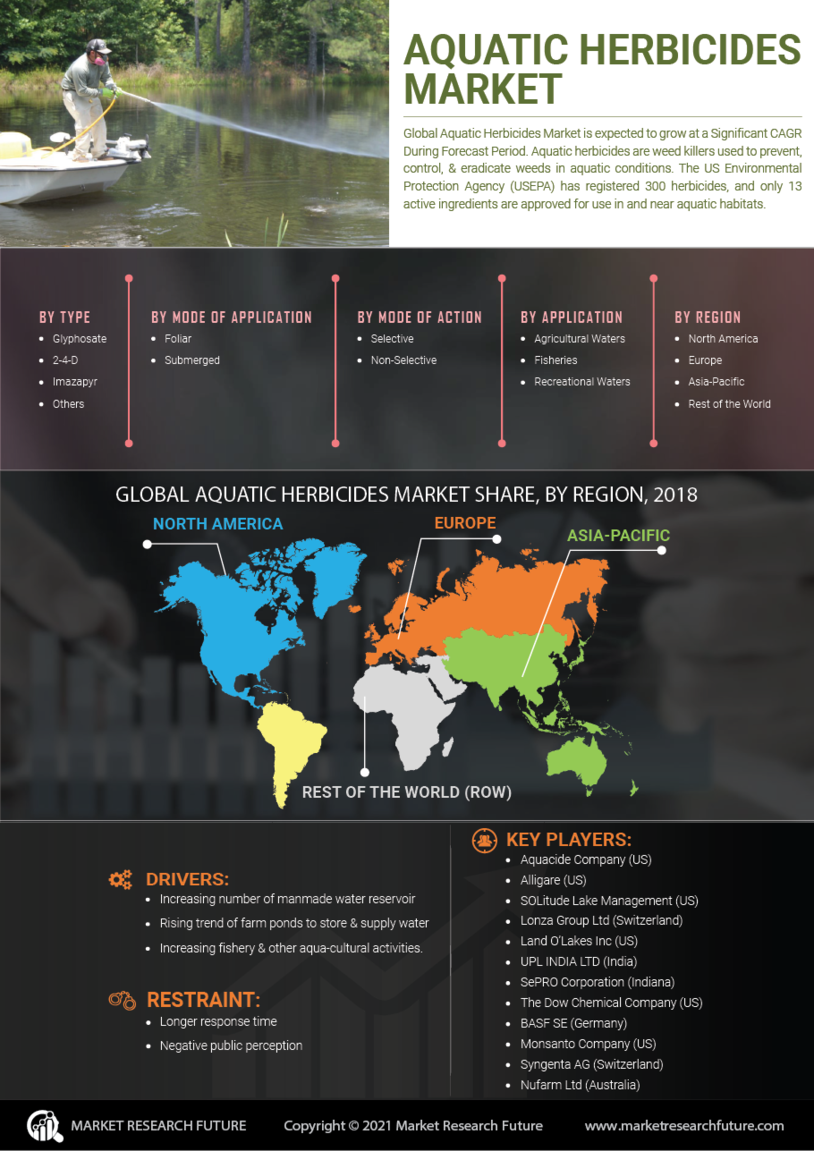

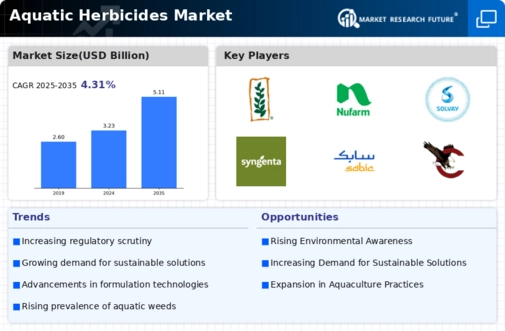
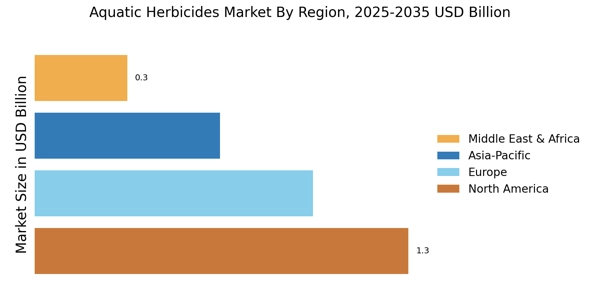
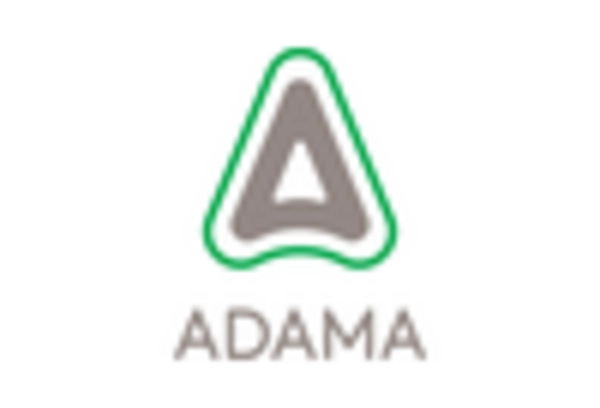


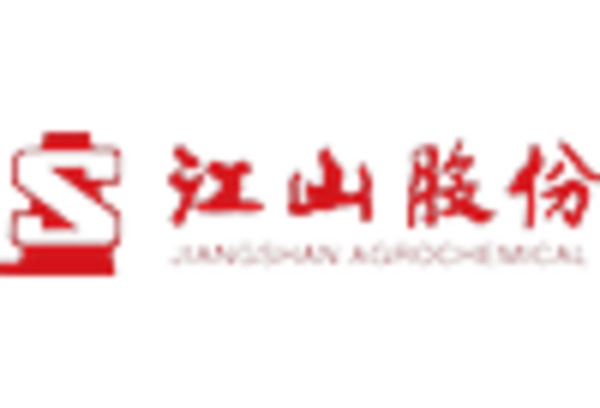
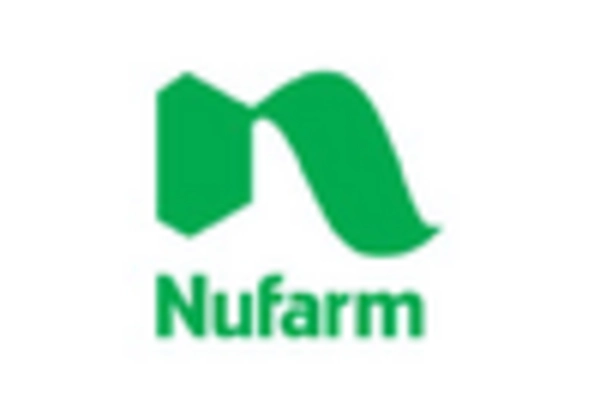
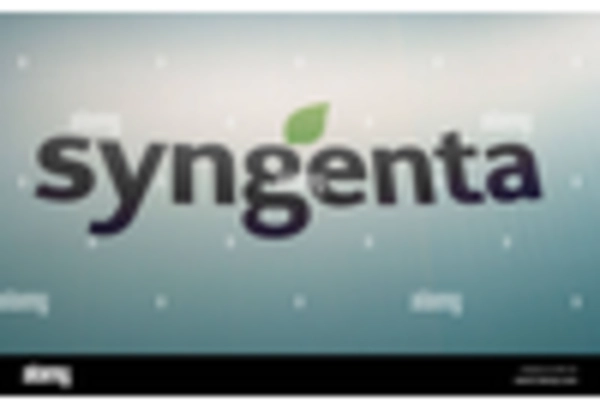








Leave a Comment